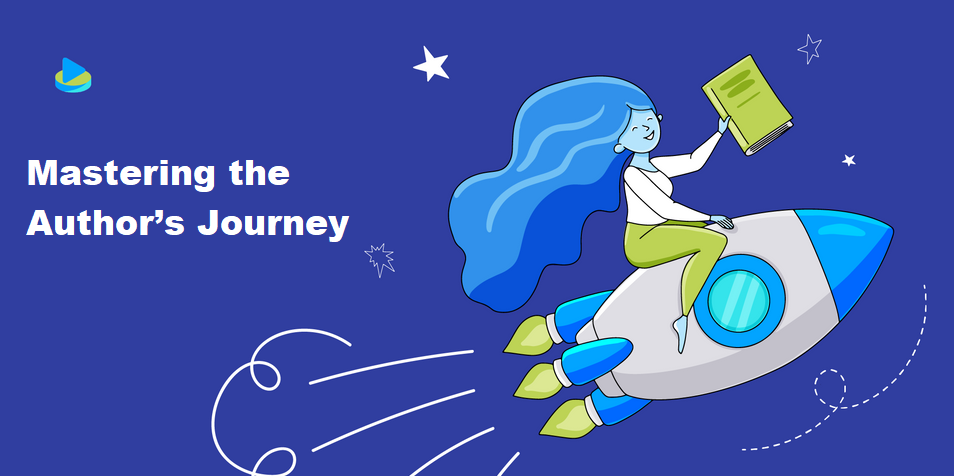
Every writer dreams of holding their finished book one day—but the journey from a blank page to publication is anything but linear. It’s a path filled with creativity, setbacks, triumphs, and tough decisions.
Why Every Author’s Path Is Unique
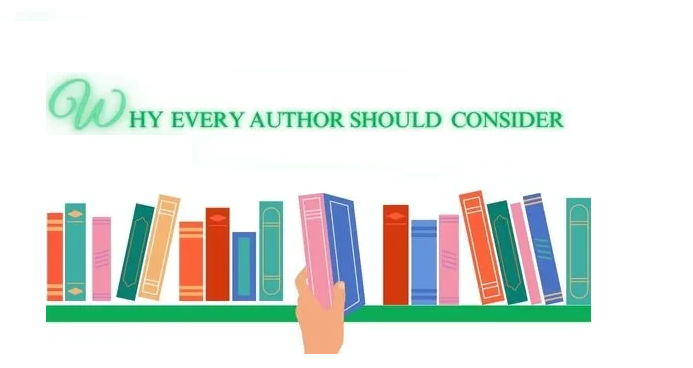
The US writers will tread the same road. Some sprint through a first draft in a month, others take years. Some self-publish, others chase traditional deals. The trick is owning your path and learning as you go.
Common Milestones for All Writers
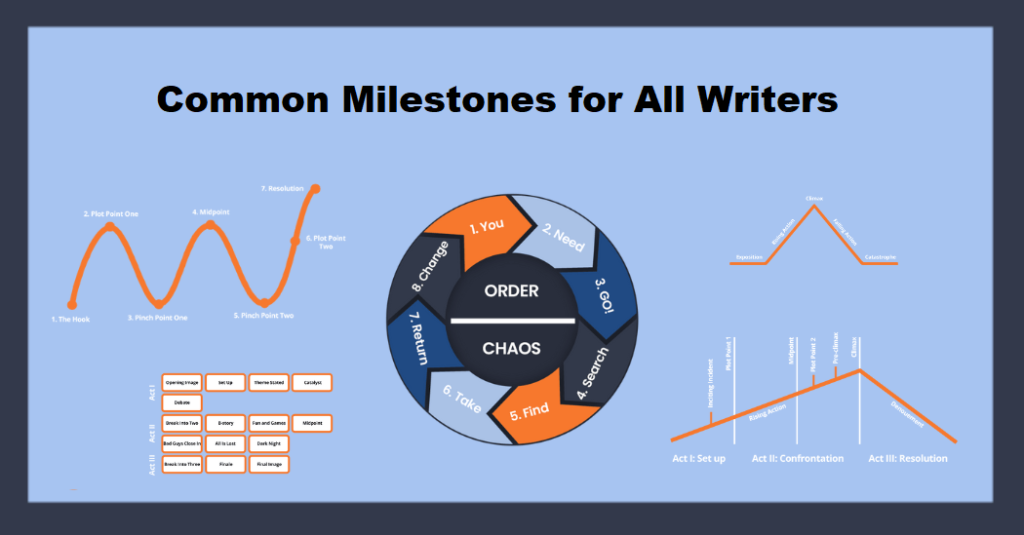
Despite individual differences, most authors experience stages like research, writing, editing, publishing, and promotion. Think of these as the basecamp checkpoints on your literary mountain climb.
Laying the Foundation with Research

Before you type your first word, you need clarity on your topic, audience, and context. This step is often overlooked, but it’s the secret sauce for writing a book that resonates.
Choosing Your Topic or Genre
Are you writing fiction, nonfiction, memoir, or self-help? Your genre sets the tone for everything else. Pick something you’re passionate about and knowledgeable in—or willing to learn.
Understanding Your Target Audience
Who will read your book? Teens? Entrepreneurs? Fantasy lovers? Know your readers so you can write directly to their hearts and minds.
Conducting Effective Background Research
Good research deepens your credibility.
Primary vs Secondary Research
Primary research is firsthand—interviews, surveys, observations. Secondary research involves analyzing existing materials like books, studies, and articles.
Organizing Your Findings
Use tools like Notion, Evernote, or a good old notebook. Keep research well-labeled and accessible so you can refer to it while writing.
Crafting the Outline of Your Book
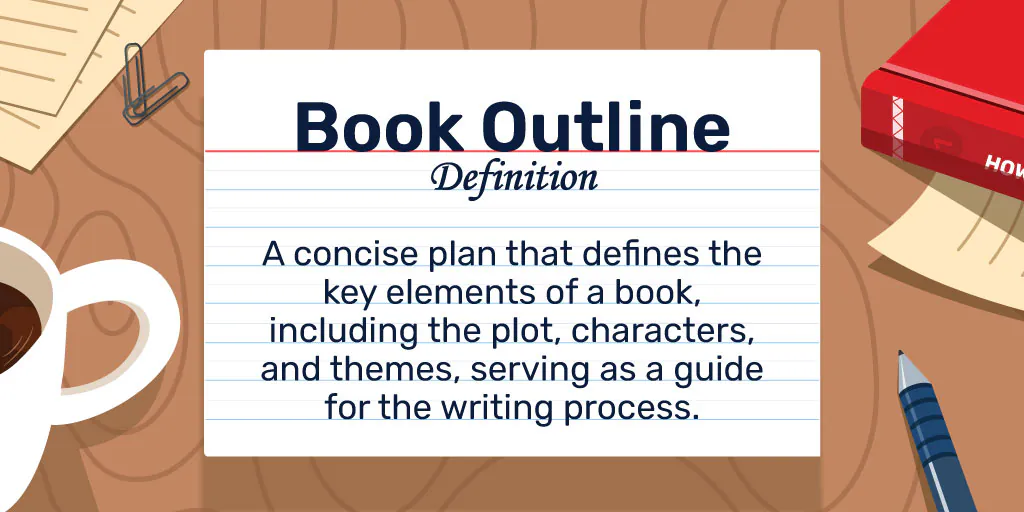
Think of your outline as a roadmap. Without it, you might end up lost in the wilderness of your own story.
Why Outlining Saves Time and Sanity
It gives structure to your ideas and helps you spot plot holes or gaps in logic early.
Different Types of Book Structures
Chronological
Ideal for memoirs or biographies—your book follows time from beginning to end.
Thematic
Organized by topic rather than time—great for nonfiction and self-help.
Non-linear
Great for thrillers and literary fiction—jump between timelines and events.
Writing Your First Draft
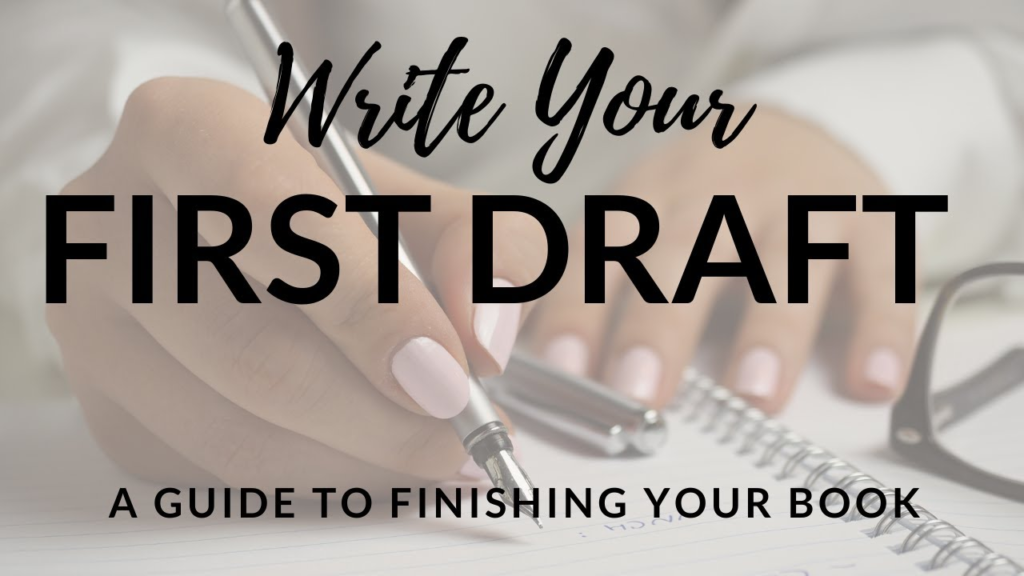
Now comes the messy, magical part—getting the story out of your head and onto the page.
Embracing the Messy First Draft
Perfection is the enemy of progress. Just write. Edit later.
Developing a Writing Routine
Consistency beats intensity. Even 300 words a day add up. Find your best time and place to write—and protect it.
Dealing with Writer’s Block
Try free writing, changing locations, or skipping ahead in your outline. Sometimes, just taking a walk helps too.
Revisions and Self-Editing
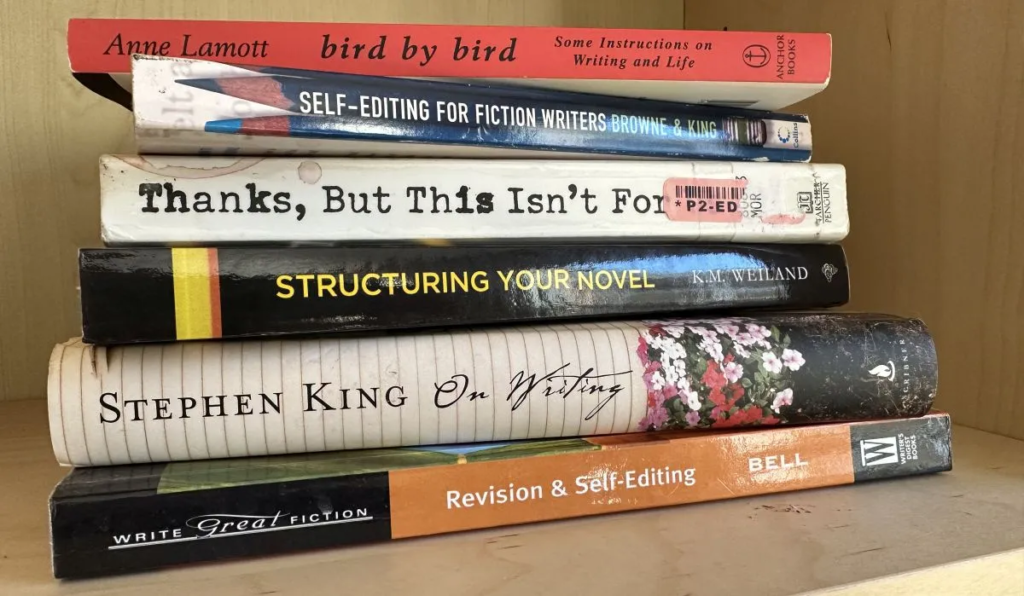
Once your draft is done, the real work begins.
Why Self-Editing Is Crucial
Before hiring an editor, clean up your manuscript. It saves time and money—and shows professionalism.
Common Mistakes to Watch For
Overused words, passive voice, inconsistent character arcs, rambling explanations—nip them in the bud.
Tools to Aid Self-Editing
Grammarly, ProWritingAid, Hemingway Editor—these tools won’t replace a human editor, but they’re great for the first sweep.
Working with Professional Editors
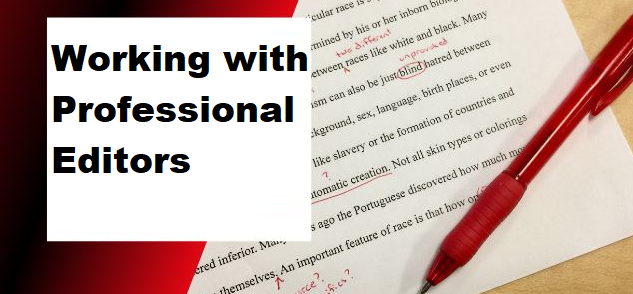
Every great book has gone through several rounds of editing. It’s not optional—it’s essential.
Types of Editing: Developmental, Line, and Copy Editing
- Developmental Editing: Big-picture stuff—plot, pacing, structure.
- Line Editing: Focuses on flow and tone at the sentence level.
- Copy Editing: Fixes grammar, spelling, punctuation.
Choosing the Right Editor for Your Project
Ask for samples. Check reviews. Make sure their style fits your voice.
How to Collaborate Effectively with an Editor
Be open to feedback. Don’t take it personally. Remember: their goal is to help your book shine.
Building Your Author Platform
Start early—don’t wait until your book is ready.
What Is an Author Platform?
Your presence as a writer: website, social media, email list, blog, podcast—any way you connect with readers.
Social Media, Websites, and Email Lists
Choose platforms that suit you. Don’t try to be everywhere. Be authentic and consistent.
Building Your Audience Before You Publish
Share your writing journey, give behind-the-scenes looks, build an email list, and engage with your niche.
Deciding Between Traditional and Self-Publishing
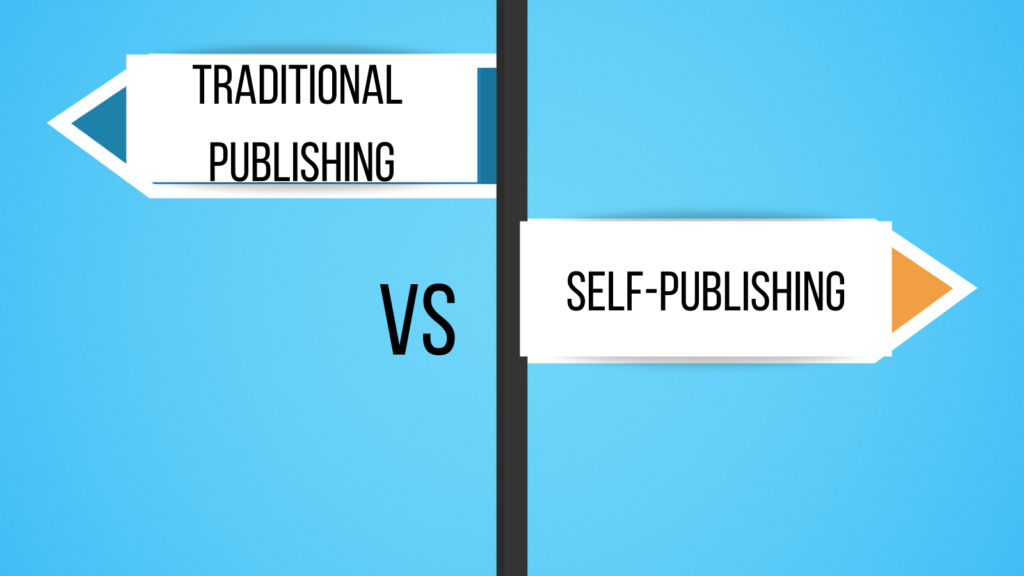
Each has pros and cons—there’s no “right” choice.
Pros and Cons of Traditional Publishing
Pros: Prestige, distribution, editorial support.
Cons: Long timelines, rejection, less control.
Pros and Cons of Self-Publishing
Pros: Total control, higher royalties, faster turnaround.
Cons: You handle everything (or hire help), upfront costs.
Hybrid Publishing: A Middle Ground
You pay a publisher for services, but keep more control than traditional publishing.
Preparing Your Manuscript for Submission or Publishing

Whether submitting to agents or uploading to Amazon, presentation matters.
Formatting Your Manuscript
Follow industry standards—double-spaced, readable font, clean margins. Use tools like Vellum or Atticus.
Writing a Killer Query Letter or Book Proposal
Your pitch must sparkle. Hook the agent or editor in the first paragraph. Show your book’s uniqueness.
Designing an Eye-Catching Cover
People do judge books by their covers. Hire a pro. Your cover should reflect your genre and appeal to your audience.
Navigating the Publishing Process
This is where your book becomes real.
ISBNs, Copyright, and Legal Considerations
Buy your own ISBNs if self-publishing. Register your copyright. Read contracts carefully.
Setting Your Book’s Price
Research similar books. Don’t underprice. Don’t overprice. Consider promos and pricing strategies.
Uploading to Amazon KDP and Other Platforms
Each platform has quirks. Follow formatting guidelines, add metadata, and pick the right categories.
Launching Your Book
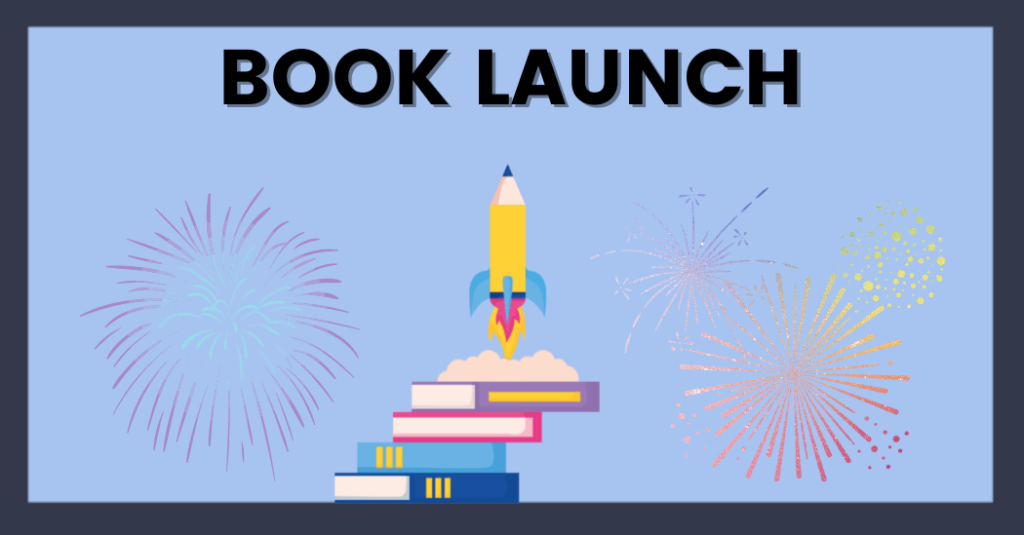
Time to shout from the rooftops.
Pre-Launch Marketing Strategies
Build buzz with cover reveals, ARC readers, email teasers, and countdowns.
Building Buzz with Reviews and Giveaways
Goodreads giveaways, Instagram shoutouts, and blog tours can create early traction.
Hosting a Virtual or In-Person Launch
Readings, Q&As, contests, book signings—whatever fits your brand and audience.
Post-Publishing Promotion and Marketing
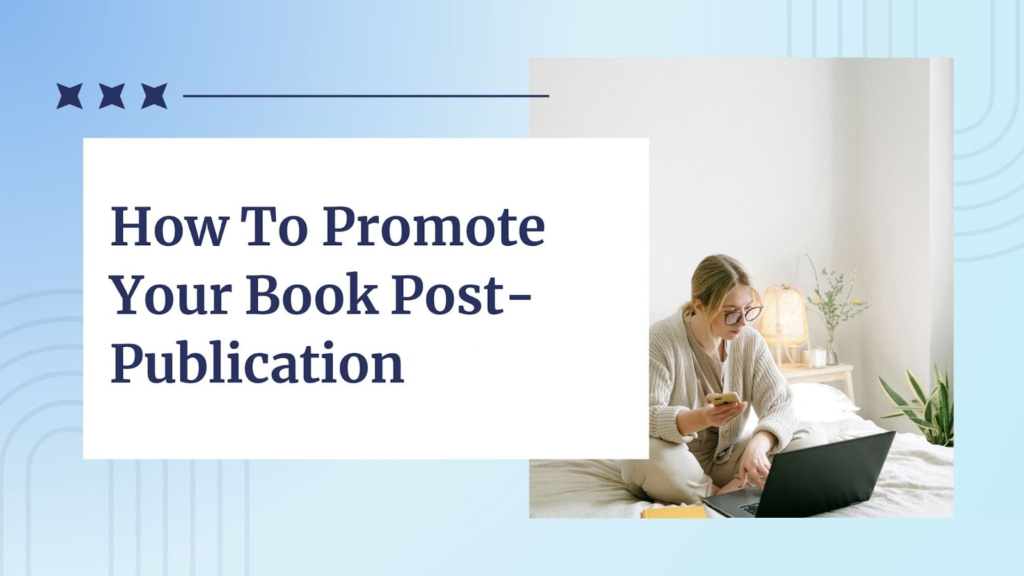
Don’t disappear after launch day.
Keeping Momentum Going
Share milestones, reviews, reader photos, or your next book’s teaser.
Paid Ads vs Organic Reach
Facebook, Amazon, and BookBub ads work—but test and track results.
Book Tours, Podcasts, and Author Readings
Offer value, not just promo. Talk about your journey, not just your book.
Tracking Your Progress and Sales
Knowledge is power.
Understanding Royalties and Reports
Read your royalty dashboards. Know your profit margins.
Tools for Tracking Sales
Use Book Report, Publisher Rocket, or spreadsheets.
Setting Future Goals Based on Analytics
See what worked. Double down. Pivot when needed.
Growing as an Author
Writing one book is a huge achievement. Writing more builds your career.
Learning from Feedback
Read reviews—but don’t obsess. Take what helps and ignore the noise.
Joining Writing Communities
Facebook groups, critique circles, writing retreats—these are goldmines for learning and support.
Planning Your Next Book
Start the cycle again—only now, you’re wiser and stronger.
Conclusion
Becoming an author isn’t a sprint—it’s a long-distance journey. From that first spark of an idea to finally seeing your name on a book cover, every step matters. Keep learning, keep growing, and never give up. The world needs your story.
FAQs
1. How long does it take to go from idea to published book?
It varies wildly—anywhere from 6 months to several years depending on writing speed, editing, and publishing path.
2. Do I need a literary agent to get published?
Only for traditional publishing. Self-publishers and hybrid authors can skip the agent route.
3. How much does it cost to self-publish a book?
Costs range from $300 to $3,000+ depending on editing, cover design, and marketing.
4. What is the best platform for self-publishing?
Amazon KDP is the most popular, but IngramSpark, Draft2Digital, and Kobo are great options too.
5. Can I publish a book without marketing it?
You can, but it likely won’t sell. Marketing is just as crucial as writing and publishing.
